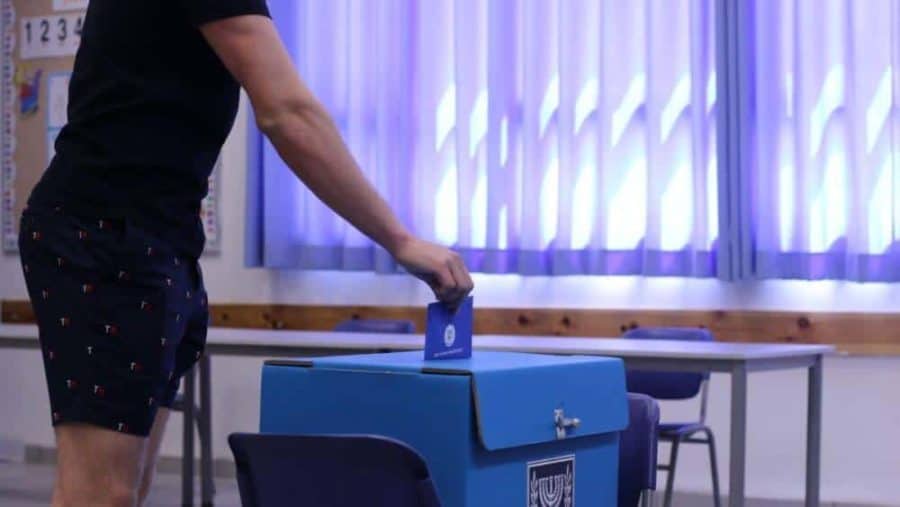If the 2020 election is within a 1% margin, the less popular candidate has a 45% chance of becoming president, and the odds favor Republicans, according to the University of Texas Electoral College Study. The results raise questions about the manner in which the U.S. Electoral College represents the voice of the U.S. electorate.
The presidential elections of 2000 and 2016 were controversial in part because the candidate who had the most votes did not win. In 2000, Republican George W. Bush defeated Democrat Al Gore by 5 electoral votes after losing the popular vote by about 540,000. And in 2016, Republican Donald Trump garnered 27 more electoral votes than Democrat Hillary Clinton but lost the popular vote by nearly 3 million.
What are the odds of this happening, especially twice in the past two decades?
“Higher than you probably think,” said UT Austin economist Michael Geruso, who — with UT Austin economist Dean Spears and economics and math undergraduate Ishaana Talesara — co-authored a paper on “inversion” elections that was recently released by the National Bureau of Economic Research.
According to the study, “inversion” elections are very likely in close elections. Although they have happened only four times in U.S. history — 1876, 1888, 2000 and 2016 — the researchers report an 80% chance that another slightly less popular candidate will win the presidency in the next 60 years if elections continue to be as close as they have been in recent decades.
“The probability of inversion is very tightly linked to the expected closeness of the race. And the last couple of decades have featured some of the closest presidential races in U.S. history,” Geruso said. “To the extent you think 2020 will be a close race, you should be prepared that an inversion is likely. That goes for any future election as well.”
In fact, the researchers estimate that if someone loses the popular vote by within 1%, or 1.3 million votes, he or she has a 45% chance of winning the election. It has nothing to do with who the candidates are, the researchers emphasized, but the trend favors Republicans, who are estimated to benefit from future inversions 77% of the time.
“Today, Republicans are more likely to benefit from an inversion primarily because each state’s representation in the Electoral College is equal to its number of U.S. senators plus its number of U.S. representatives, meaning that each individual citizen vote corresponds to a greater share of the Electoral College for Wyoming than for a large state like California and Texas,” Geruso said. “Because, by and large, small population states lean Republican, this feature benefits Republican candidates.”
In calculating what would happen if the two senator votes were removed from the Electoral College, the researchers found that inversions would be just as likely, but it would decrease the Republican advantage to 62%, restoring some partisan balance.
As another thought experiment, the researchers estimated the outcome of eliminating the “winner-takes-all” practice for a state’s Electoral College ballot, dividing the votes proportionally to the state’s popular vote instead. They found this would decrease the chances of inversions to 36% in close elections, but increase partisan bias, benefiting Republicans 95% of the time.
“Many factors contribute to inversions. Popular vote totals depend on the number of voters, but electors are allocated based on the number of persons in the last census — including children and adults who cannot vote,” Geruso said. “In short, only relying on a national popular vote to decide the presidency would eliminate the chance of mismatch between the president and the popular vote winner.”


